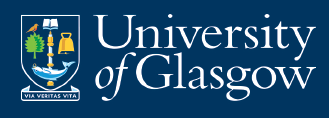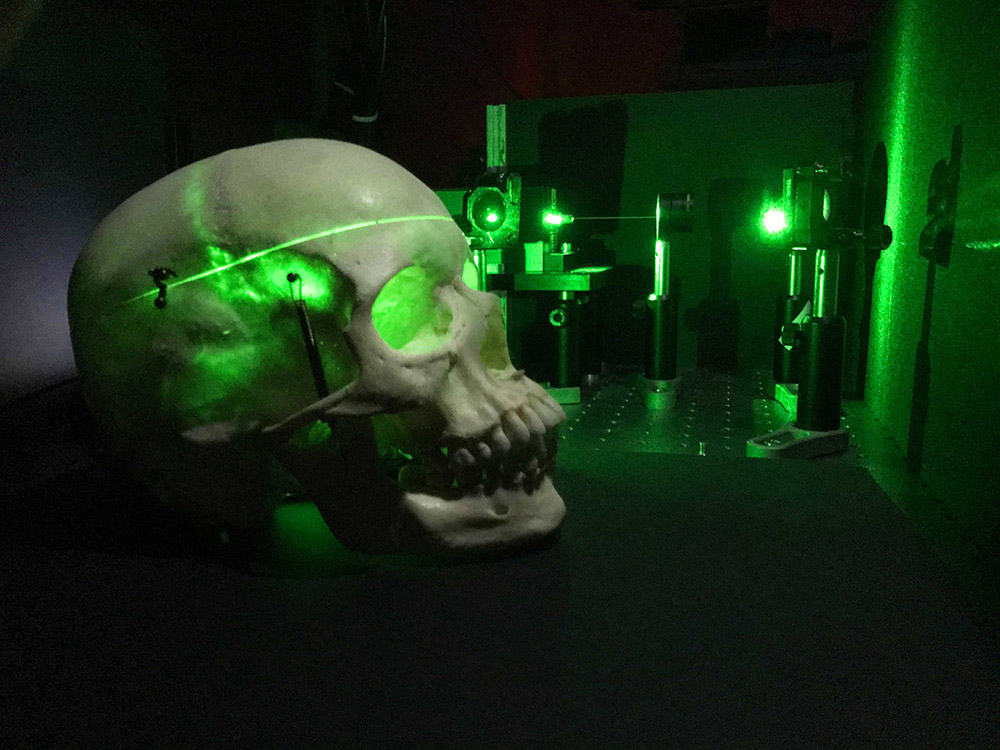|
Human Augmentation Lab (HAL)
HAL brings together our research activities aimed at developing and understanding the underlying physical principles for next generation technology that will augment human ability. The lab brings together physicists, engineers and computer scientists, collaborating with neuroscientists and biologists to understand the physics of human interactions and how to augment these with a blend of technology and AI. Infrared light is strongly scattered by brain matter but much less absorbed. This provides the opportunity to use this light to image inside the head and extract information about brain activity and blood flow. Functional Near Infrared Spectroscopy is currently the gold standard in this field, yet there are still many unanswered questions regarding for example the opportunity for imaging in transmission through the head or remote imaging and the applications that this may have. Bats use ultrasound echoes to detect prey and navigate. A similar principle can be used with light, radar and of course ultrasound sensor, and can be further enhanced by using also multi-path (i.e. multi-echo) information. Very simple systems, even a standard laptop, can now be transformed, using our AI, into full 3D imaging devices. These devices can be miniaturised and embedded into wearables and adapted for deaf/blind haptic-based navigation. Our QUEST project aims to develop the technology for future homes that will remotely monitor our health 24/7 and provide feedback from micro/macro movements, heart rate etc. Longitudinal tracking of health that is benchmarked against each individual person, will provide the underpinning data streams for tracking our daily routines and keeping us healthy. |
|
Work with us:
If you are interested in working with us (PhD studentships and post-doc positions) or in collaborating with us, please contact us - daniele.faccio@glasgow.ac.uk |


